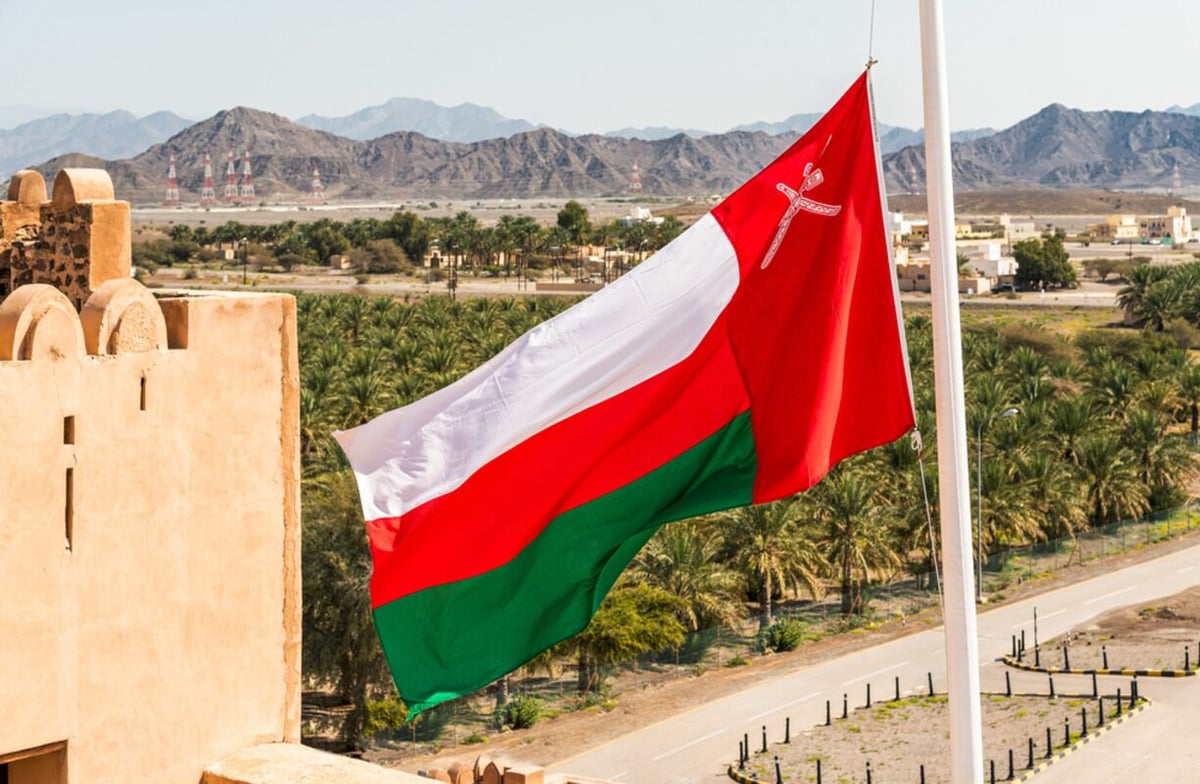The International Energy Agency (IEA) predicts that Oman will be one of the world’s largest green hydrogen producers by 2030, and the largest in the Middle East. Along with the development of solar and wind power on their lands, Oman is leaning into a plethora of renewable energy projects. In line with ambitious developments taking place in the Sultanate, Oman aims to produce 3.8 GW of clean energy, powered by renewables, by 2028. Their current clean power capacity is at 550MW, but this is predicted to spike quickly as a result of Oman’s high-quality renewable energy resources coupled with available land.
Read more: Oman shaking things up financially, on the ground, in the skies
Oman’s oil and gas production makes up for 60 percent of its export income and powers over 95 percent of its domestic electricity. Their approach to the future of renewable energy is inspiring, as they are looking to the country’s natural resources to aid in the transition from crude oil to renewables. Their plans include increasing solar and wind capacities, along with waste-to-energy facilities, which will reduce landfill waste and create significant amounts of energy.
With an expected $300 billion investment by 2030, hydrogen is expected to become a critical source of fuel in the coming years. It can be produced from natural gas or from splitting water molecules through electrolysis. Green hydrogen is a large contender in the search for renewable energies and can enhance sustainable practices in many industries. This includes fuel for transport and shipping, production of goods such as steel and fertilizers, and emission-free electricity and heating for households and businesses.
The independent, government-established entity, Hydrogen Oman, also known as HYDROM, will lead and manage its hydrogen production. In December of last year, Oman’s OQ energy company teamed up with Acwa Power and Air Products to begin the production of hydrogen-based ammonia. Alongside that, they will be producing nitrogen and green ammonia.
At a recent roundtable meeting at IEA headquarters in Paris, Oman’s Minister of Energy and Minerals, H.E. Eng Salim Nasser Al Aufi said, “The most economically rational action for us is to embark on using this as the most viable and sustainable energy of tomorrow, including decarbonizing the power generation, local industry, and hydrogen production for export.” The project has been underway since 2017 and promises to be one of the largest green hydrogen plants in the world, powered by 25GW of renewable solar and wind energy.
Oman is aiming to produce at least 1 million tons of renewable hydrogen by 2030, which would require an investment of around $ 33 billion. The Sultanate hopes to achieve net zero emissions by 2050 and has already begun reducing its fossil fuel use.
For more on Oman, click here.








